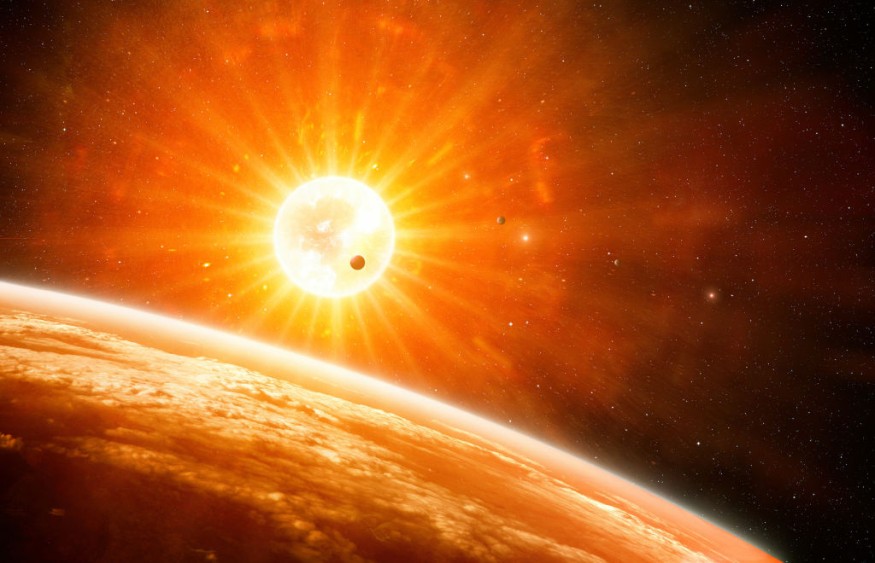Many of the Universe's most massive stars will die in a spectacular explosion known as a supernova. It temporarily outshines the rest of its host galaxy and allows humans to observe these uncommon occurrences from afar. The supernova explosion will crush the star's core into a compact ball of neutrons that is far denser than what can be replicated in labs at the lower part of this mass range. As a result, scientists studying neutron stars must rely on theoretical models and astronomical observations.
The supernova explosions are considered weaker and dimmer at the extremely bottom end of this range. However, testing this idea is difficult even with state-of-the-art supernova simulations. But researchers found a new technique to assess these weaker supernovae. Researchers linked smaller supernova explosions with slowly moving neutron star remains. According to them, neutron star speeds might precisely predict the weaker supernovae without the need for costly simulations.
They published their study, titled "Constraints on Weak Supernova Kicks from Observed Pulsar Velocities," in The Astrophysical Journal Letters.

Weak Supernova Explosions Only Work Closely With Not Isolated Stars
"We found that to explain both the existence of neutron star binaries and the absence of slow-moving pulsars, weak supernovae can only occur in very close stellar binaries, not in single, isolated stars," researchers said per SciTechDaily. The latest study adds to a growing body of evidence that suggests weak supernovae can only occur in star binaries previously interacted. Studies like these, which replicate a large number of stars in a low-detail manner, are critical for understanding the consequences of unclear physics on stellar populations, which is impossible to do with more detailed simulations.
BrinkWire, citing researchers, said many big stars that create neutron stars are formed in stellar binaries. Suppose a conventional supernova happens in a stellar binary, then the neutron star remnant will have a tremendous recoil kick. According to researchers, the incident is similar to a cannonball dashing away from bursting gunpowder. It will most likely eject away from its partner star, which will subsequently be seen as a solitary pulsar. However, if the explosion is faint, the neutron star may not have enough energy to escape its partner star's gravitational pull, leaving the stellar binary system intact. The occurrence of neutron star binaries demonstrates that inevitable supernova explosions must be feeble since this is a critical phase in developing neutron star binaries.
Neutron stars don't light brightly like other stars, instead of emitting a narrow beam of radio waves that may (if we're lucky) direct toward Earth. The beam of light seems to flicker on and off as the neutron star rotates, generating a lighthouse impression. A pulsing star, or pulsar, is what we call it when we see this phenomenon. Pulsar velocities may now be measured thanks to recent developments in radio telescopes. Researchers compared their findings to models of millions of stars. They discovered that the typical high pulsar speeds prevented many weak supernovae from exploding.
RELATED ARTICLE : NASA/ESA Hubble Space Telescope Captures Mysterious "Superbubble" and Cleopatra's Eye in the Sky
Check out more news and information on Space in Science Times.












